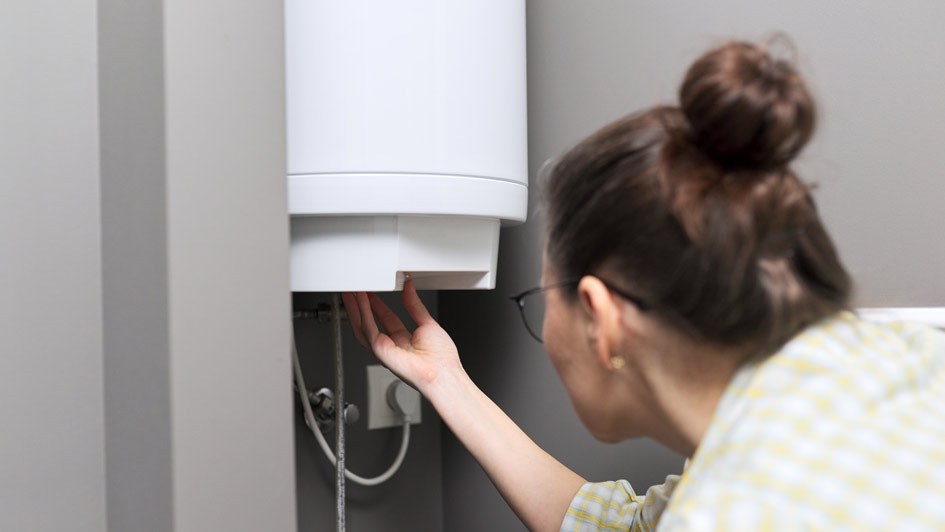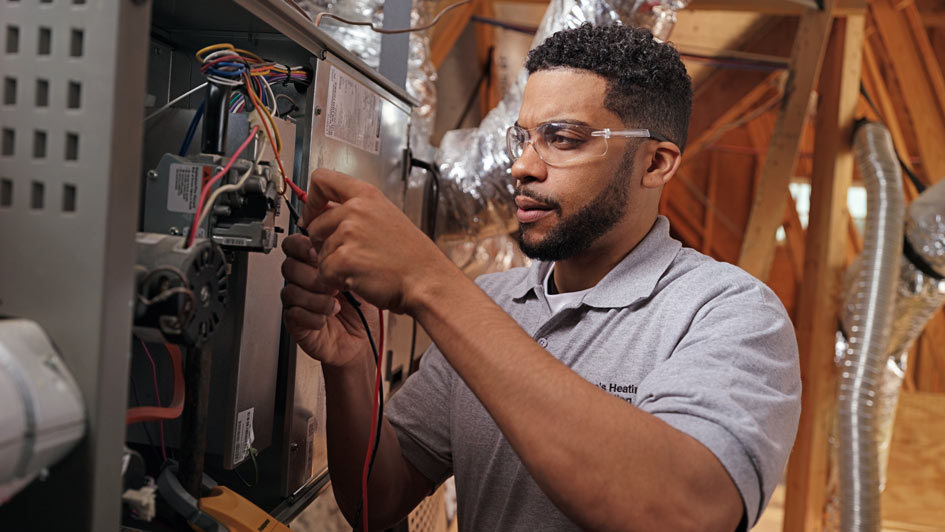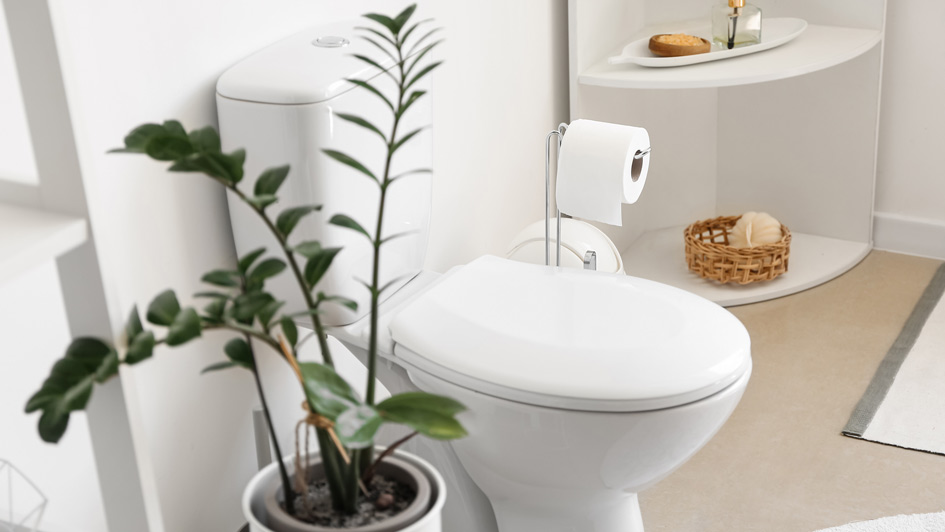Blog
Serving New Castle and These Areas
About Central Heating & Plumbing
At Central Heating & Plumbing, making your home cozy is our highest priority. That’s why we offer lasting HVAC units and quality work in New Castle. Our professionals are educated in a wide range of services, so you can have confidence in your results. They’ll give the support you need, whether it’s putting in an up-to-date HVAC system or servicing and inspecting your current system. We’re available to help with all of your needs, so get in touch with us at 724-401-1843 or contact us online to schedule an appointment right away.
Central Heating & Plumbing
925 Moravia Street
New Castle, PA 16101
804 W. Main Street
Grove City, PA 16127
Grove City, PA 16127
1010 E. State Street
Sharon, PA 16146
Sharon, PA 16146
Phone: 724-401-1843
Email: [email protected]
License PA # 10156; OH # 37471
© 2024 Central Heating & Plumbing | All rights reserved








